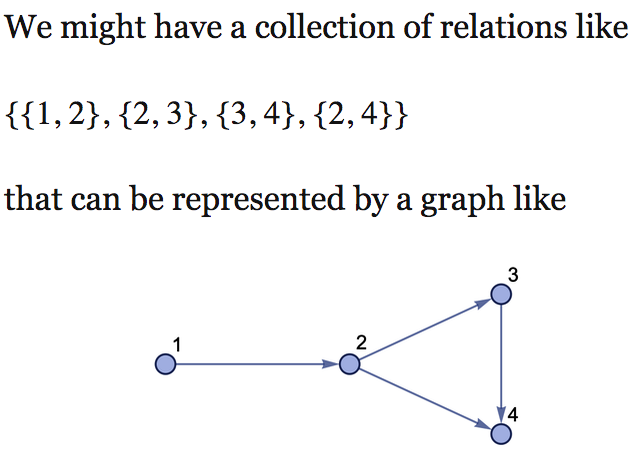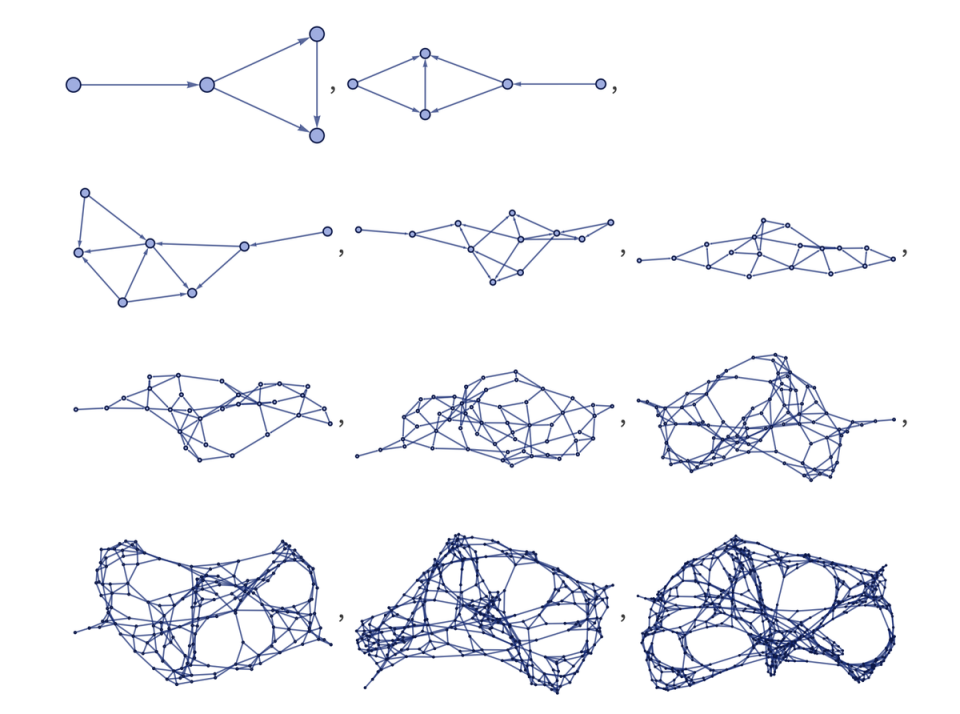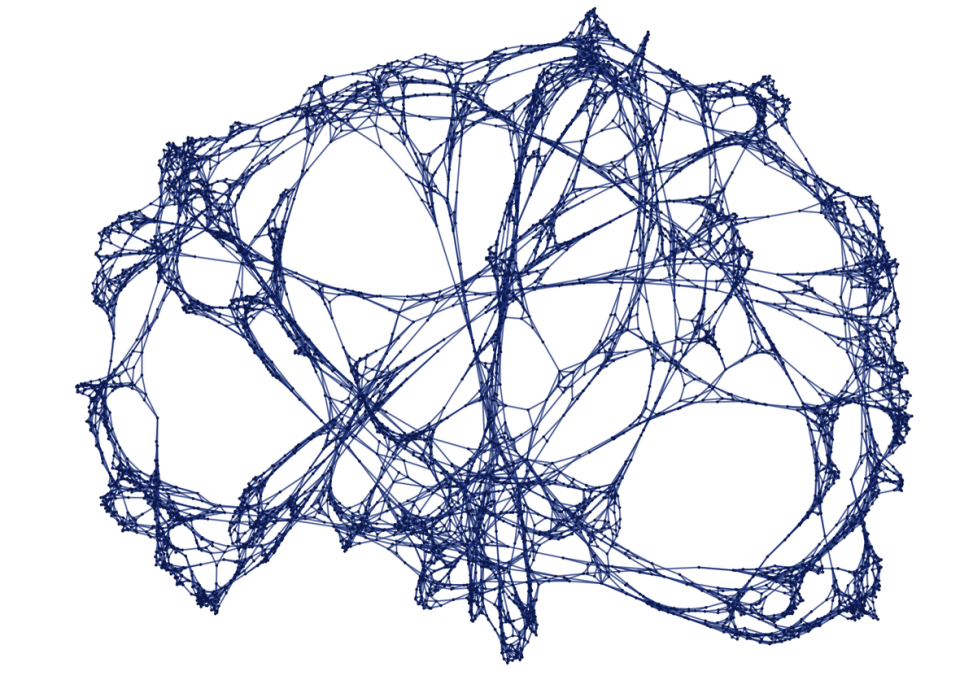Legendary Physicist Stephen Wolfram Is Modeling Our Universe, and He Needs Your Help

Stephen Wolfram, the famed physicist and computer scientist known for his company Wolfram Research, believes he's close to figuring out the fundamental theory of physics.
What is that, exactly? Basically, a theory that ties together all other theories in physics, from the theory of relativity to black hole thermodynamics.
"The Wolfram Physics Project" calls on scientists of all disciplines to contribute.
Between the summer of 1665 and the spring of 1667, Isaac Newton developed his theories on calculus, optics, and the laws of motion and gravity. He was quarantining during the Bubonic Plague and found the extra time on his hands gave him the freedom to pursue intellectual endeavors his day-to-day duties may have otherwise squandered.
Nearly 400 years later, history could be repeating itself.
With decades of work at the intersection of time, space, and elementary particles under his belt, Stephen Wolfram believes he's close to discovering how the universe works—or, at least, the fundamental law of physics that makes all of our other laws of physics tick. So the 60-year-old computer scientist, businessman, and physicist has launched "The Wolfram Physics Project" to crowdsource that work with some of the best minds in the world.
If building models of our universe and generating iotas of data is your thing, you can help Wolfram finally pin down the fundamental law of physics—the King Kahuna that explains how everything from Newton's laws of motion, to lattice field theory, to quantum optics all relate.
"In many ways it's the ultimate question in natural science: How does our universe work? Is there a fundamental theory? An incredible amount has been figured out about physics over the past few hundred years," Wolfram writes in a blog post. "But even with everything that's been done—and it's very impressive—we still, after all this time, don’t have a truly fundamental theory of physics."
It's an incredible undertaking, and one that Wolfram put on hold for a month due to the devastating COVID-19 (coronavirus) pandemic. But when Wolfram's collaborators reminded him of Newton's intellectual successes during the Plague, he made the endeavor public.
"I oscillated between thinking that in the midst of such a worldwide crisis it was almost disrespectful to be talking about something like a fundamental theory of physics, and thinking that perhaps people might like an intellectual distraction."
It took a bit longer than expected, but the project finally won out.
At its core, the Wolfram Physics Project aggregates the most important works in physics, including 800 pages of documents that Wolfram himself wrote. He's even releasing 430 hours of video documenting brainstorming sessions between himself and his contemporaries. Using computational models, Wolfram and collaborators will create models of endless possible universes. And as they grow more complicated, these models may generate new fields of study altogether.
Somewhere in the mix, Wolfram hopes to discover the laws of physics that dictate our own universe.
There's already a Registry of Notable Universes on the project page, complete with nearly 1,000 different rules. From Wolfram:
"I don’t think any of the ones in there yet are our own universe—though I’m not completely sure. But sometime—I hope soon—there might just be a rule entered in the Registry that has all the right properties, and that we’ll slowly discover that, yes, this is it—our universe finally decoded."
How exactly does this work? Wolfram breaks down the concept by explaining that each model of the universe begins with graphs that depict a few abstract relationships between a few abstract elements. In the image below, he shows a pretty simple set of relationships between four points. These represent four points in space.

It doesn't matter what order these relationships are stated in. "All that matters is what's connected to what; the actual layout on the page is just a choice made for visual presentation," Wolfram writes. "It also doesn’t matter what the elements are called. Here I’ve used numbers, but all that matters is that the elements are distinct."
The idea is that, over time, scientists continue to apply new rules to these points. And that, in turn, generates even more points. When you apply more rules to those additional points again and again and again, the simple relationships start to build up a more complex model until that first example above starts to look something like this:

And then this:

Wolfram muses:
"If we ignore all matter in the universe, our universe is basically a big chunk of space. But what is that space? We’ve had mathematical idealizations and abstractions of it for two thousand years. But what really is it? Is it made of something, and if so, what? Well, I think it’s very much like the picture above. A whole bunch of what are essentially abstract points, abstractly connected together. Except that in the picture there are 6704 of these points, whereas in our real universe there might be more like of them, or even many more."
To be fair, the premise of the project is extremely trippy. The abstract concept of repeatedly applying comparatively simple rules of physics to other rules of physics until you have a model of our actual universe and how it works is ... quite the undertaking. And in the past, the physics establishment has found Wolfram to be a controversial figure.
But at the same time, so many of the greatest minds in physics and computer science are stuck at home right now. So what else is there to do but pursue a theory of everything?
You Might Also Like

